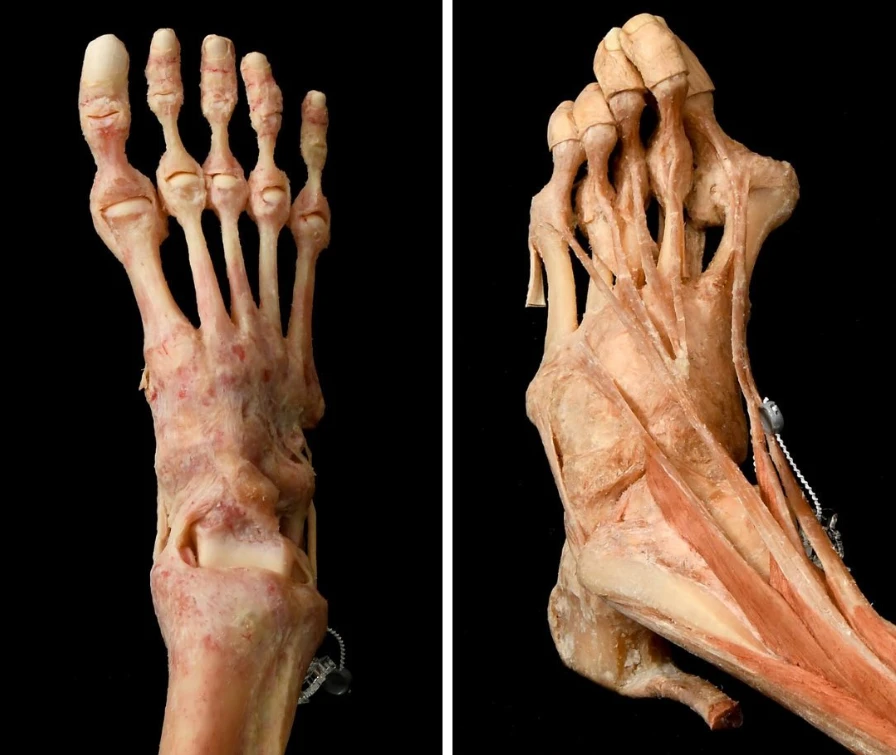Scott Biggerstaff, MD
Bunions are bulging bony bumps that form at the big toe joint on the inside area of the foot. They develop when pressure on the big toe joint pushes it toward the second toe.
Also called hallux valgus, bunions actually alter the structure of the bone, resulting in the usually tender bump that can make walking and wearing shoes painful.
It is also possible to have a mild bunion that doesn’t feel painful, but over time the joint’s stability can deteriorate and make the bunion larger and more painful.
Who is at risk for bunions?
Most people who get bunions develop them due to genetic reasons. They also occur frequently in women who wear tight or poorly fitting shoes or high heels that compress the toes.
In fact, three-quarters of bunion patients are women between the ages of 40-65. People with flat feet, gout, rheumatoid arthritis and flexible joints are also at risk.
Know your bunion symptoms
Bunions almost always cause either intermittent or persistent pain and can even restrict the movement of the big toe if it is impacted by arthritis.

Other signs to look for include:
- An angular, bony, painful bump on the outside base of the big toe, sometimes with hardened skin or a callus covering it
- Swelling, redness and pain around the big toe area that can appear shiny
- The big toe pointing in the direction of the smallest toe
- Pain around the ball of the foot
- Corns or calluses between the toes, or smaller bunionettes on the pinky toe joint.
Bunions can lead to hammertoe, bursitis and metatarsalgia and are considered permanent unless corrected through surgery or minimally invasive bunion surgery.
Dr. Scott Biggerstaff is a fellowship-trained foot and ankle surgeon. He specializes in minimally invasive bunion surgery.
Comments
January 31, 2022
February 01, 2022
November 20, 2019
November 21, 2019
Back




March 03, 2022
March 09, 2022